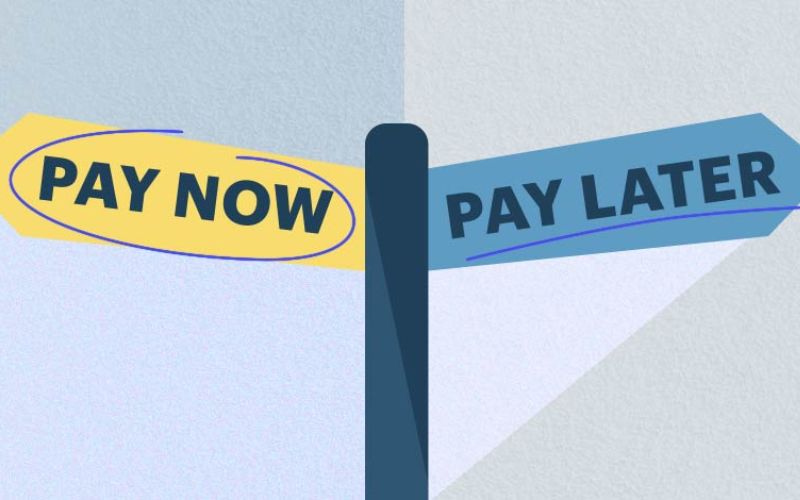Owing money to the IRS is common for every working individual across the US. However, several affected individuals aren’t aware of the IRS installment agreement plan & payment options available to them.
The IRS has set up payment options that can be applied to people in various financial situations. This is established through a proper payment plan, which is often the agreement between the IRS and the individual in tax debt to pay the tax amount owed within a mentioned time frame.
Depending on the amount owed and the individual’s ability to pay the sum total to the IRS, one can either opt for full payment or an IRS installment agreement online. There are rules and regulations that govern and help you determine which payment plan you must opt for.
This blog elaborates on the types of IRS installment plan that would assist indebted taxpayers to pay the taxes easily.
Guaranteed Installment Plan
The guaranteed installment plan is a monthly installment agreement between the taxpayer and the IRS which is based on qualification. The qualification is determined after the taxpayer makes the request to the IRS and succeeds.
Wondering how to pay IRS tax installments? To qualify, the taxpayer needs to meet the requirement:
- The taxpayer needs to owe less than $10,000 including interests and penalties accrued on tax payments owed.
- The taxpayer must indicate an inability to pay the tax liability when it is due or within 120 days.
- The taxpayer must also show filed tax return, payment of taxes initially owed within the preceding five years and no current entry into an installment agreement.
- She or he must be able to show they are not at all bankrupt.
- The taxpayer must indicate their ability to pay taxes in installments within three years.
As per the IRS approval, a taxpayer using the IRS installment plan is free from a federal tax lien. The guaranteed installment agreement is easy to apply and acquire since it assured by law once the taxpayer meets the requirements.
Another benefit is that you can pay as little as $25 or lower. However, it is advisable to pay as much as you can during the agreed-upon time to avoid increased interest and penalty payments.

Streamlined Installment Plan
The name of this IRS installment agreement online is based on the verification requirements. The streamlined IRS installment agreement doesn’t require one to verify their expenses, assets, debts, and income. This means that no information is needed, making it quite convenient.
It is common for qualified taxpayers to be eligible for applying for a streamlined IRS installment plan as well. The installment agreement requires the following for you to qualify.
- Your collective tax liability, accumulated interest, and penalties must not be over $50,000.
- You must indicate your ability to pay the balance within 72 months and a maximum of 84 months.
- Your proposed payment must be greater than $25 or the least amount got when your liability, interests are divided by 50.
- He must not be filing for bankruptcy.
- You must also show willingness and ability to pay for the streamlined installment agreement fee which is considered as the initial payment.
Partial Payment Installment Plan
Confused about how to make payments to IRS? Partial payment is also an option for you.
If you don’t qualify for the streamlined installment agreement, the partial payment agreement plan is the next option.
However, remember you need to avoid IRS tax audits by making proper payments. Thankfully, the IRS gives you chances so that you can choose the payment plan.
The installment agreement requires you to divulge the financial information to the IRS. You can do so by completing the financial statement using the right Form that records information on assets, debts, etc. Now, the IRS on receiving this information reviews and verifies the information provided.
Additional information on assets that can be liquidated to pay part of the taxpayer’s tax liability is required by the IRS.
For the partial payment installment plan, the following is required:
- Your tax liability penalties, interest must be accumulatively above $10,000
- All the past tax returns must have been filed prior to application
- You shouldn’t have accepted the offer in compromise
- You must have filed Form 433 for the collection information statement and installment agreement request.
Offer In Compromise
The Offer in Compromise is a rather unique installment agreement between you and the IRS which allows you to settle the tax liability at a lower amount than what you actually owe. Taxpayers who can afford to pay taxes in installments aren’t eligible to apply for offers in compromise.
The major basis for an offer in compromise is a determined scenario by the IRS that establishes the taxpayer’s accrued tax debt is greater than the reasonable collection potential.
- To qualify for offers in compromise the taxpayers needs to show:
- The taxpayer must file all the tax returns
- The estimated tax payments for the current year needs to be made
- You must make all tax deposits for the present quarter in the event that you own a business with employees.
Keep these in mind and consider the type of agreement you want to opt for.
 |  Struggling With The IRS?Are you facing any other challenges with IRS? Give us a call today. We’ll be happy to help you set one up.
|



